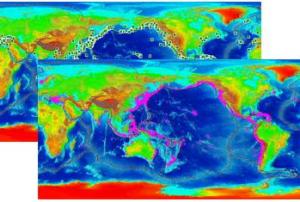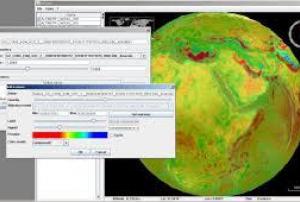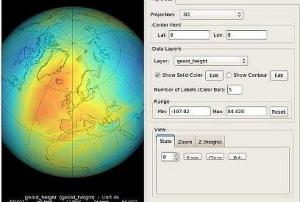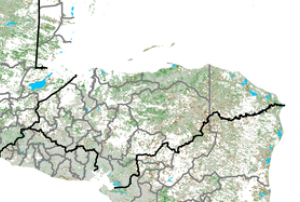Mass movements can be defined as as any type of downslope movement of earth materials, such as sediment, soil and rock material. Mass movements are processes of erosion, transport and accumulation of material that occur on both gentle and steep slopes mainly owing to gravitational forces (IRDR Glossary).
These movements are generally associated with other disasters such as earthquakes, floods, thunderstorms and heavy rainstorm. They can be also associated with manmade hazards like construction roads, buildings, structures, infrastructure facilities.





